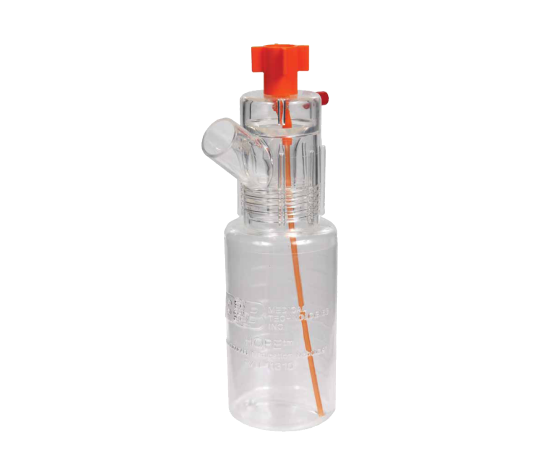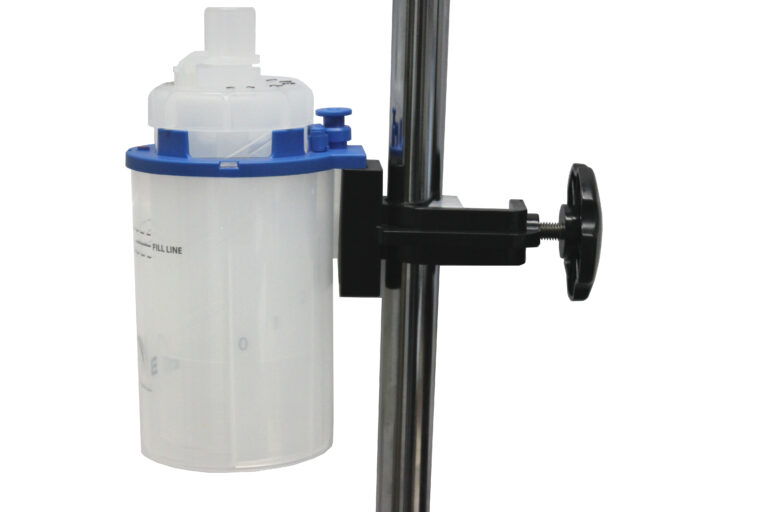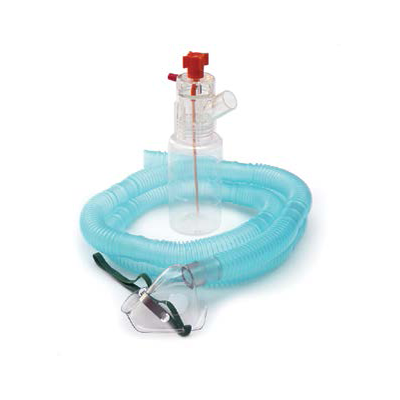Aerosol Nebulizers have become an essential tool in respiratory care, helping individuals with respiratory conditions such as asthma, chronic obstructive pulmonary disease (COPD), and other lung-related issues. These devices transform liquid medication into a fine mist, allowing patients to inhale the medication directly into their lungs for effective treatment.
In this Blog, we will explore the Aerosol Nebulizer, how it works, and how it improves respiratory therapy for patients of all ages. Whether you’re a healthcare professional or a patient seeking information about nebulizer therapy, this guide will provide valuable insights into the advantages of this medical device.
What is an Aerosol Nebulizer?
An Aerosol Nebulizer is a device used to administer medication in the form of a mist or aerosol, which can be inhaled directly into the lungs. It is commonly prescribed for patients with chronic respiratory conditions who require medication to manage their symptoms.
- Medication Delivery: The nebulizer allows for the delivery of medications like bronchodilators, steroids, and antibiotics in a form that is easy for patients to inhale.
- Types of Nebulizers: There are different types of Aerosol Nebulizers available, including jet nebulizers, ultrasonic nebulizers, and mesh nebulizers. Each type has its advantages based on the patient’s needs.
How Do Aerosol Nebulizers Work?
An Aerosol Nebulizer works by turning liquid medication into a fine mist or aerosol that can be inhaled directly into the lungs. This process is essential for patients who have difficulty using inhalers or need higher doses of medication.
1. Medication Preparation
- The liquid medication is placed into the nebulizer’s medication cup. It’s typically combined with saline to help the medication be effectively absorbed.
2. Nebulizing Process
- When the device is turned on, it uses compressed air or ultrasonic waves to convert the medication into tiny droplets or aerosol particles that can easily be inhaled.
3. Inhalation
- The patient breathes in the mist through a mouthpiece or face mask, allowing the medication to reach the lungs and treat the respiratory condition.
Benefits of Aerosol Nebulizers for Respiratory Therapy
1. Effective Medication Delivery
Unlike traditional inhalers, which rely on the patient’s ability to inhale forcefully, Aerosol Nebulizers deliver medication in a fine mist, making it easier for patients, especially children and elderly individuals, to receive the proper dose. This ensures that the medication reaches the lungs directly for better absorption and effectiveness.
- Convenient for Non-Compliance: Nebulizers are a great option for patients who have difficulty using inhalers, as they require less coordination and effort.
2. Suitable for Severe Respiratory Conditions
For patients with severe asthma, COPD, or other chronic lung diseases, nebulizers are particularly beneficial. They allow for the delivery of high doses of medication in a short amount of time, ensuring that patients receive the relief they need.
- Quick Relief: The aerosolized medication works quickly, providing fast relief for patients experiencing wheezing, shortness of breath, or other symptoms of respiratory distress.
3. Ease of Use
Nebulizers are often easier to use compared to inhalers, particularly for individuals with limited dexterity or children. The device requires minimal effort, as patients simply need to breathe in the mist over the course of several minutes.
- Ideal for Children and the Elderly: Both children and elderly patients who may struggle with coordinating their breathing with inhalers can benefit from nebulizers, which require less precision.
4. Treatment of Multiple Medications
Aerosol Nebulizers allow for the administration of multiple medications simultaneously. This is especially helpful for patients who require multiple drugs to treat their respiratory conditions.
- Simultaneous Delivery: Medications like bronchodilators, steroids, and mucolytics can be delivered together, improving the efficiency of the treatment process.
Types of Aerosol Nebulizers
There are three main types of Aerosol Nebulizers, each with its own unique features and benefits:
1. Jet Nebulizers
- How it works: Jet nebulizers use compressed air to generate aerosolized medication. The air travels through the medication chamber, turning the liquid into a mist.
- Pros: Reliable, widely available, and cost-effective.
- Cons: Larger and less portable than other types of nebulizers.
2. Ultrasonic Nebulizers
- How it works: Ultrasonic nebulizers use high-frequency sound waves to produce a mist from the medication.
- Pros: Quieter than jet nebulizers and faster treatment times.
- Cons: More expensive and may not be suitable for certain medications that require a higher level of aerosolization.
3. Mesh Nebulizers
- How it works: Mesh nebulizers use a mesh membrane to vibrate and produce the aerosolized mist.
- Pros: Small, portable, and very efficient. They are ideal for patients on the go.
- Cons: Higher cost, and some models require more maintenance than others.
How to Use an Aerosol Nebulizer Effectively
1. Prepare the Nebulizer
Wash your hands and ensure that all parts of the nebulizer are clean. Assemble the nebulizer, placing the prescribed medication into the medication cup.
2. Attach the Mouthpiece or Mask
Attach the mouthpiece or face mask to the nebulizer’s medication cup. Make sure the pieces are securely connected to avoid air leakage.
3. Turn on the Nebulizer
Turn on the device and breathe in slowly through the mouthpiece or mask. Ensure that the mist is being produced and inhale deeply.
4. Complete the Treatment
Continue inhaling until the medication is fully delivered, which usually takes about 10 to 15 minutes. Once finished, turn off the nebulizer and clean it according to the manufacturer’s instructions.
Frequently Asked Questions
An Aerosol Nebulizer turns liquid medication into a mist that can be inhaled into the lungs, ensuring effective treatment for respiratory conditions.
Yes, Aerosol Nebulizers are often easier to use and deliver higher doses of medication, making them ideal for patients with severe respiratory conditions.
Nebulizer treatments typically take 10 to 15 minutes, depending on the type of medication and the nebulizer used.
Improve Respiratory Health with an Aerosol Nebulizer
Aerosol Nebulizers play a crucial role in respiratory therapy, offering effective and convenient medication delivery for patients with respiratory conditions. They provide fast, reliable relief and are ideal for individuals who have difficulty using inhalers. Whether for children, elderly patients, or those with severe respiratory issues, Aerosol Nebulizers offer significant advantages in terms of comfort, effectiveness, and ease of use.
If you are looking for a high-quality Aerosol Nebulizer to enhance your respiratory care, B&B Technologies offers a range of reliable, efficient nebulizers to meet your needs.
Choose The Right Aerosol Nebulizer Today And Take Control Of Your Respiratory Health.


